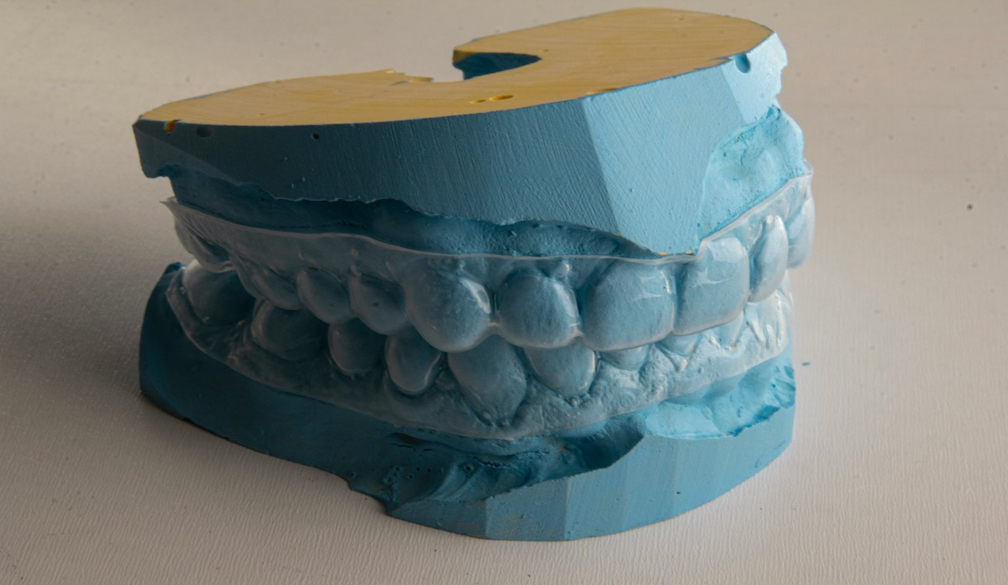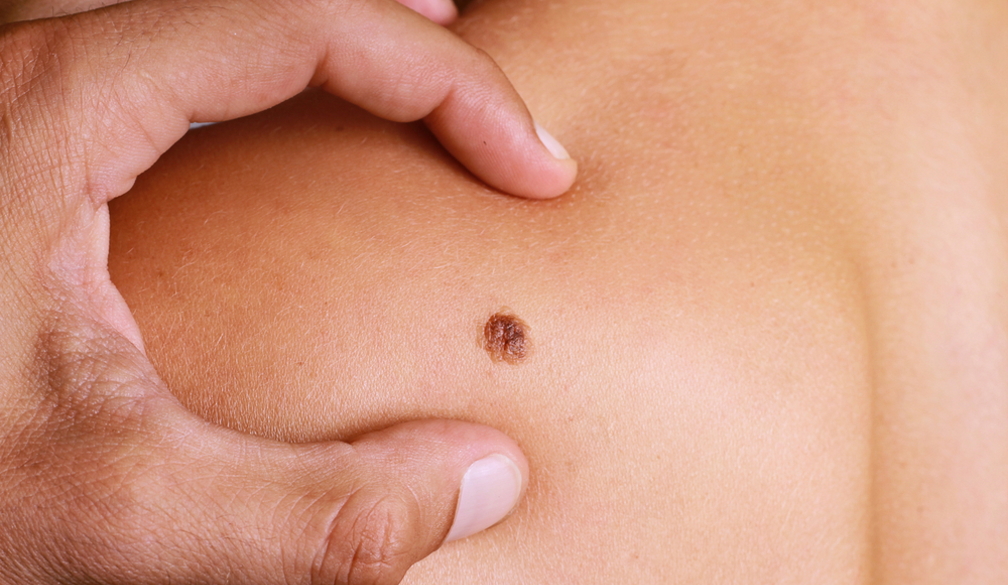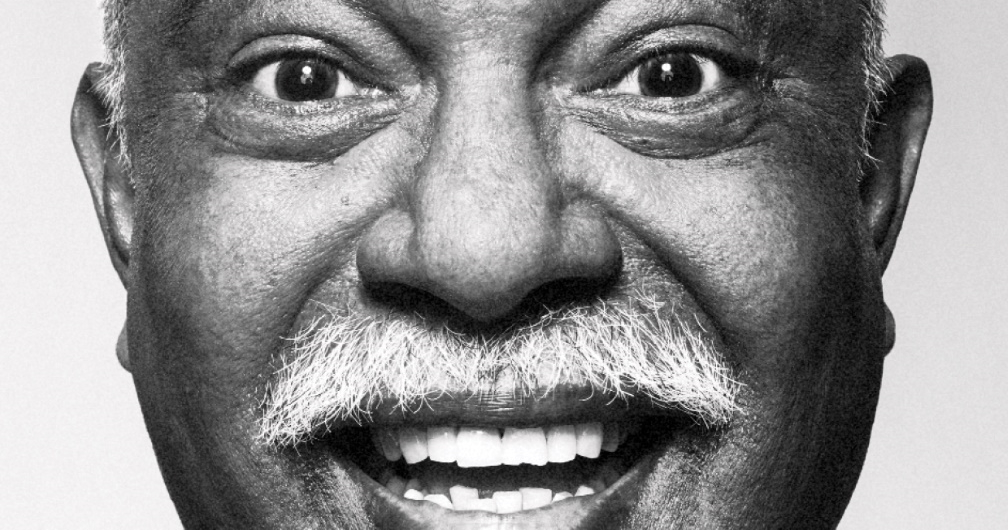The Benefits of Choosing Invisalign Over Traditional Braces

In the dynamic world of orthodontics, the emergence of Invisalign has revolutionized the approach to attaining that much-coveted perfect smile. With the promise of discretion and comfort, Invisalign is increasingly becoming the favored choice over traditional braces. This article will explore the multifaceted benefits of opting for Invisalign, providing a detailed analysis compared to traditional braces, to illuminate why it might just be the superior option for dental alignment today.
The Benefits of Invisalign
A. Comfortability
One of the most significant advantages of Invisalign is the comfort it offers. Unlike traditional braces, which involve metal wires and brackets that can irritate the mouth's soft tissues, Invisalign's smooth plastic design gently embraces your dental structure. This method eliminates the discomfort of poking wires, making it a particularly appealing option for those sensitive to metal braces. Additionally, the aligners are custom-made to fit snugly over your teeth, reducing the incidence of abrasion and providing a more comfortable fit.
B. Removable
Invisalign aligners are renowned for their removability, a feature that stands out starkly against the fixed format of traditional braces. This flexibility allows for easier eating and cleaning, permitting wearers to maintain their usual diet without the restrictions typically imposed by metal braces. Being able to remove the aligners also facilitates better oral hygiene, as individuals can thoroughly clean their aligners separately and access all areas of their teeth and gums directly.
C. Esthetics
Aesthetically, Invisalign offers a subtlety that is virtually unmatched by traditional braces. The clear aligners are almost invisible when worn, which can be a crucial factor for adults and teens who might feel self-conscious about sporting metal braces. This near invisibility enables wearers to smile confidently throughout their orthodontic treatment, without worrying about their appearance.
D. Better Oral Health
Invisalign contributes positively to oral health. The removability of the aligners means that there is less risk of plaque buildup and gum disease, conditions often seen with traditional braces due to the difficulty of thorough cleaning around brackets and wires. Furthermore, since Invisalign aligners can be removed before eating, there's a lower risk of food particles getting trapped, which can lead to decay and gum issues.
Comparison: Invisalign vs Traditional Braces
A. Effectiveness in Treating Orthodontic Issues
Invisalign has proven highly effective in treating a wide range of orthodontic problems, from simple to complex malalignments. Innovations in Invisalign technology, such as SmartTrack material and SmartForce features, provide controlled teeth movements that are up to 75% more predictable than traditional methods. While severe cases of dental misalignments might still require traditional braces, Invisalign covers a broad spectrum effectively.
B. Duration of Treatment
The treatment duration with Invisalign is typically shorter than with conventional braces. On average, Invisalign treatment spans 12 to 18 months, though this can vary depending on the individual's orthodontic needs. This is a significant reduction from the typical two to three years that metal braces might take. Moreover, the predictability and planning through Invisalign’s 3D planning technology facilitate ongoing assessment and adjustments that can lead to a more efficient treatment timeline.
C. Cost Comparison
Invisalign’s cost has become more competitive over the years, often comparable to that of traditional braces depending on the specific case and duration of treatment. While Invisalign might appear costlier upfront, the benefits of reduced dental visits, no emergency appointments for broken wires, and fewer replacements often translate to comparable or reduced overall costs.
D. Aftercare and Retainer Requirements
Post-treatment care for Invisalign involves the use of retainers to maintain the new position of your teeth, similar to traditional braces. These retainers are comfortable, extremely durable, and custom fitted to the individual’s finalized smile, ensuring the perfect preservation of your dental corrections.
Who is a Good Candidate for Invisalign?
Ideal candidates for Invisalign are typically those with mild to moderate dental alignment issues. This includes overcrowding, gaps, slight underbites, overbites, and crossbites. Patients seeking treatment should have good oral health with no major dental issues such as gum disease or severe tooth decay. Teenagers and adults alike find Invisalign particularly appealing, not only because of its convenience and appearance but also due to its effectiveness in correcting a wide array of orthodontic concerns.
Conclusion
The decision to opt for Invisalign over traditional braces is multifaceted, encompassing comfort, aesthetics, treatment duration, and overall effectiveness. Invisalign offers a modern, sophisticated solution that caters to the lifestyle and needs of today’s dental patients. With its numerous benefits, including better oral health outcomes and discrete visibility, Invisalign proves to be a compelling choice for those looking to enhance their smile without the drawbacks of traditional orthodontics. As dental technology progresses, the advantages of Invisalign become ever clearer, making it an excellent choice for anyone seeking a confident, beautiful smile.





